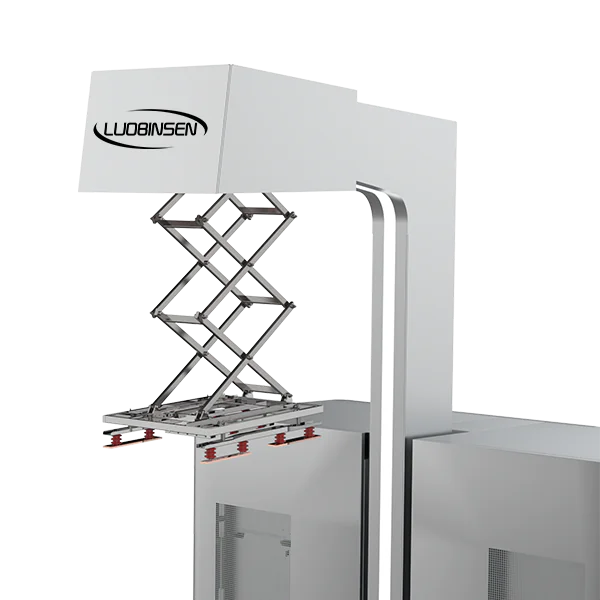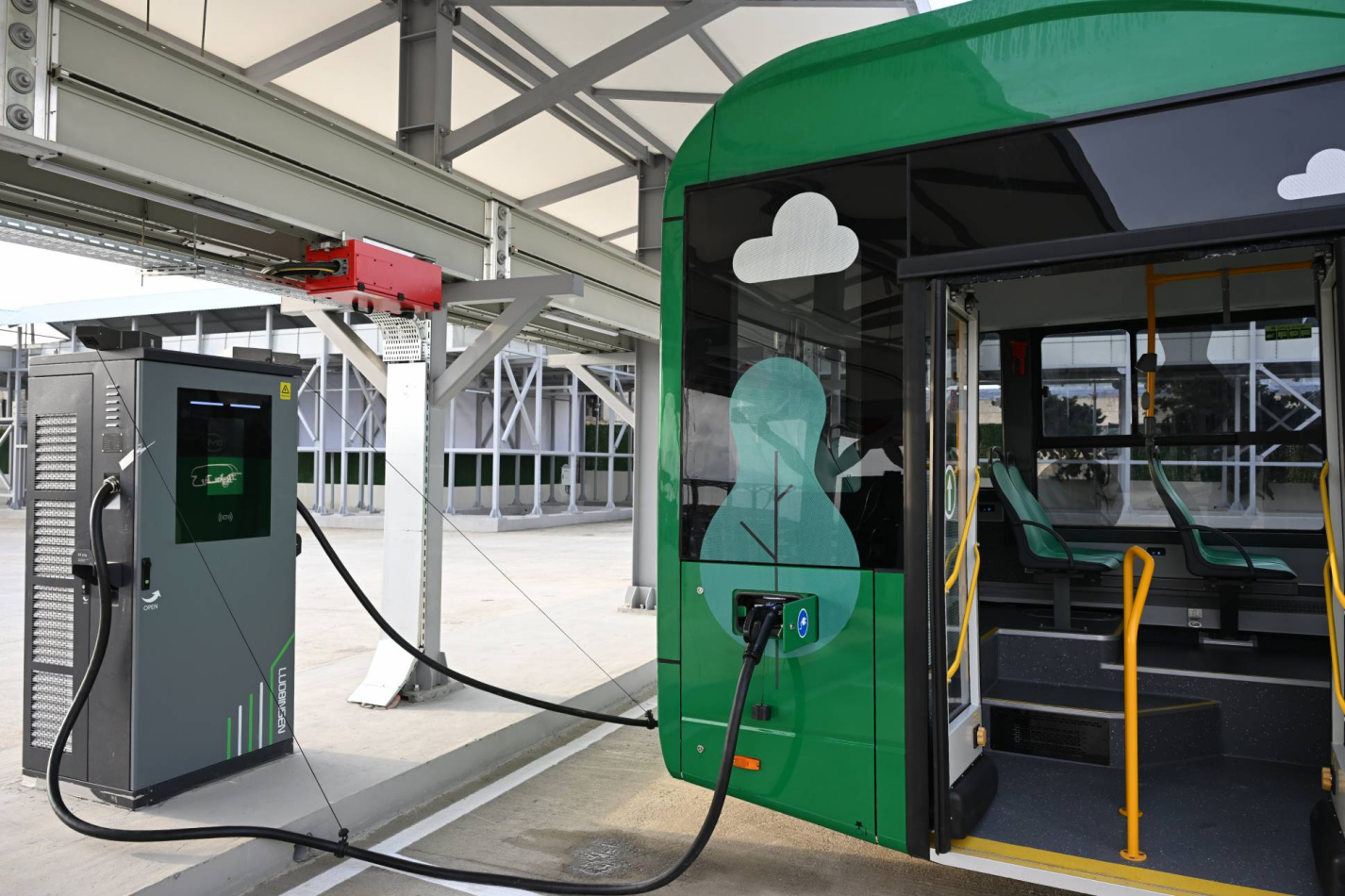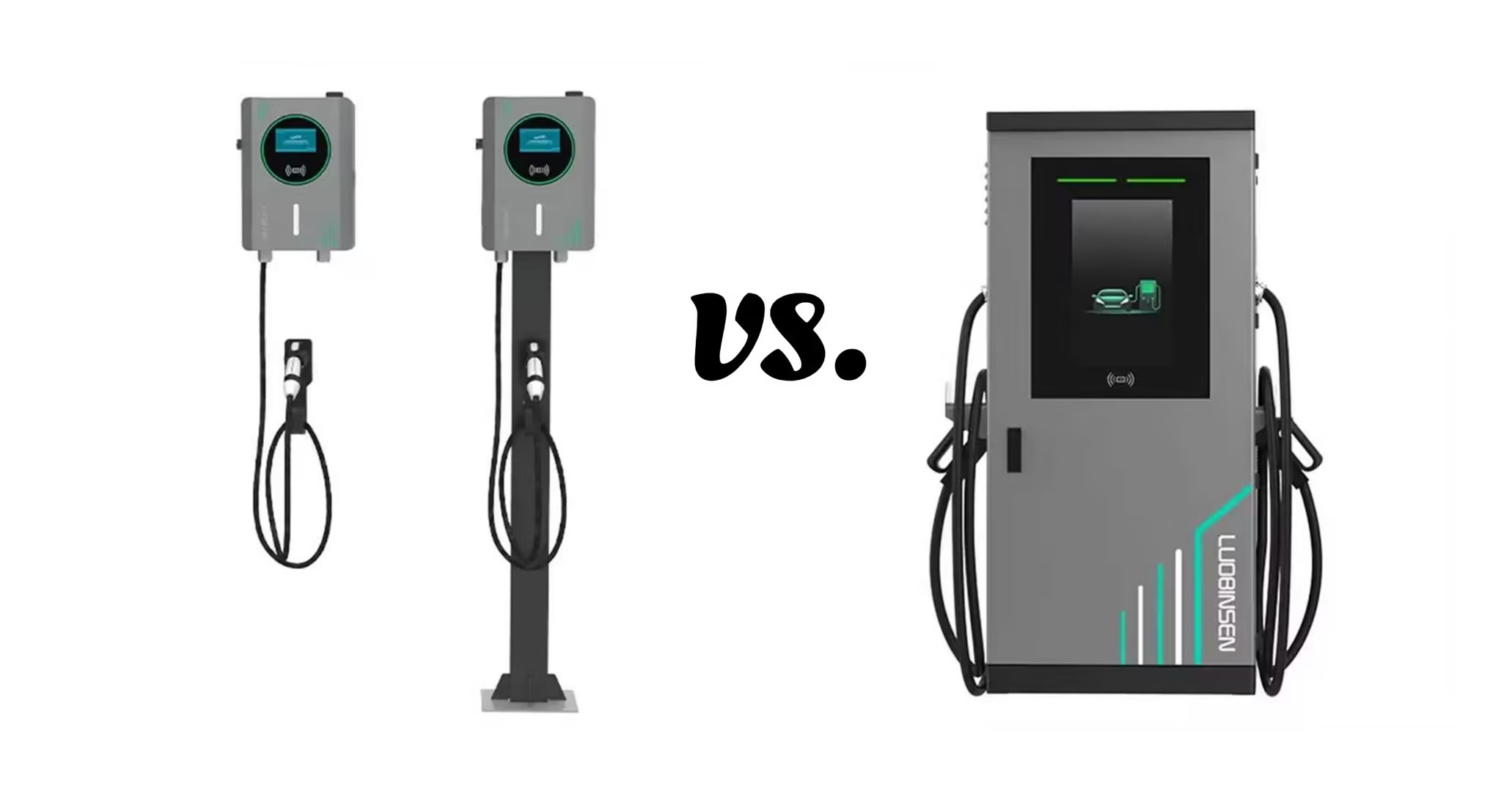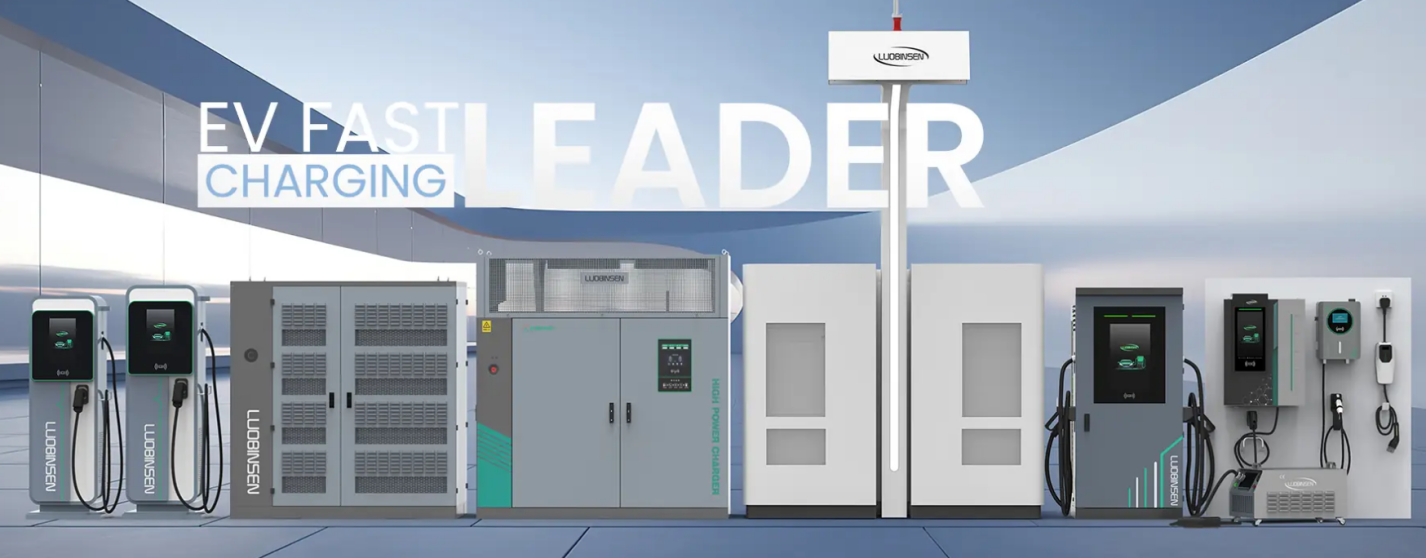The installation of effective charging infrastructure becomes crucial as cities switch to electric vehicles (EVs) in an effort to lower carbon emissions and improve air quality. With our expertise in offering state-of-the-art charging solutions, we hope to assist commercial fleets, public charging operators, and dealers of new energy vehicles in understanding the crucial factors required for the effective installation of electric EV charging stations in urban settings.

Understanding Local Regulations and Zoning Laws
Before embarking on an installation project, it’s vital to understand local regulations and zoning laws that govern the placement of electric EV charging stations. We recommend conducting thorough research and engaging with local government agencies to identify any permits or inspections required. Compliance with these regulations not only ensures smooth installation but also avoids potential legal issues down the line. Additionally, understanding zoning laws can help determine the most suitable locations for charging stations, maximizing accessibility for users while adhering to municipal guidelines.
Assessing Site Location and Accessibility
Selecting the right site for an electric EV charging station is crucial for its success. We emphasize the importance of high-traffic areas near popular destinations, such as shopping centers, public transportation hubs, and business districts. By strategically choosing locations with ample foot traffic, we increase the chances of utilization and convenience for EV owners. Moreover, it is essential to consider accessibility for all users, including those with disabilities. Ensuring that charging stations are easy to find and reach will significantly enhance user experience and encourage more drivers to switch to electric vehicles.
Evaluating Power Supply and Infrastructure Requirements
When installing electric EV charging stations, assessing the existing power supply is paramount. We recommend collaborating with local utility companies to determine whether the current electrical infrastructure can support the additional load from the charging stations. This evaluation may involve upgrading transformers, increasing power lines, or implementing energy management systems to optimize power distribution. At Luobinsen, we design our electric EV charging stations to operate efficiently within available power constraints while providing reliable and fast charging options for users.
Conclusion
In conclusion, installing electric EV charging stations in urban areas presents both opportunities and challenges. By considering local regulations, site accessibility, and power supply requirements, public charging operators and fleet managers can ensure successful implementation of charging infrastructure. Our advanced electric EV charging stations are designed to meet diverse needs while promoting sustainable urban mobility. Together, we can pave the way for a cleaner, more efficient future for electric vehicles in cities. Reach out to us today to explore how Luobinsen can assist you in developing a robust charging network for your urban environment.




